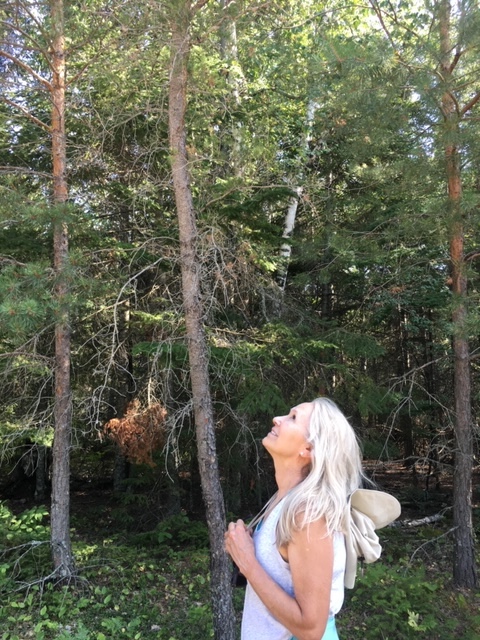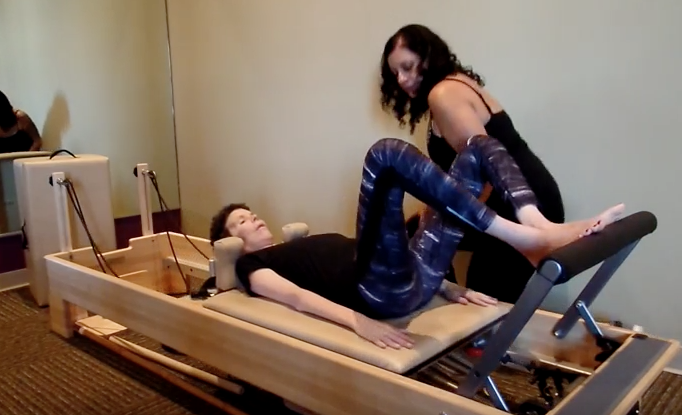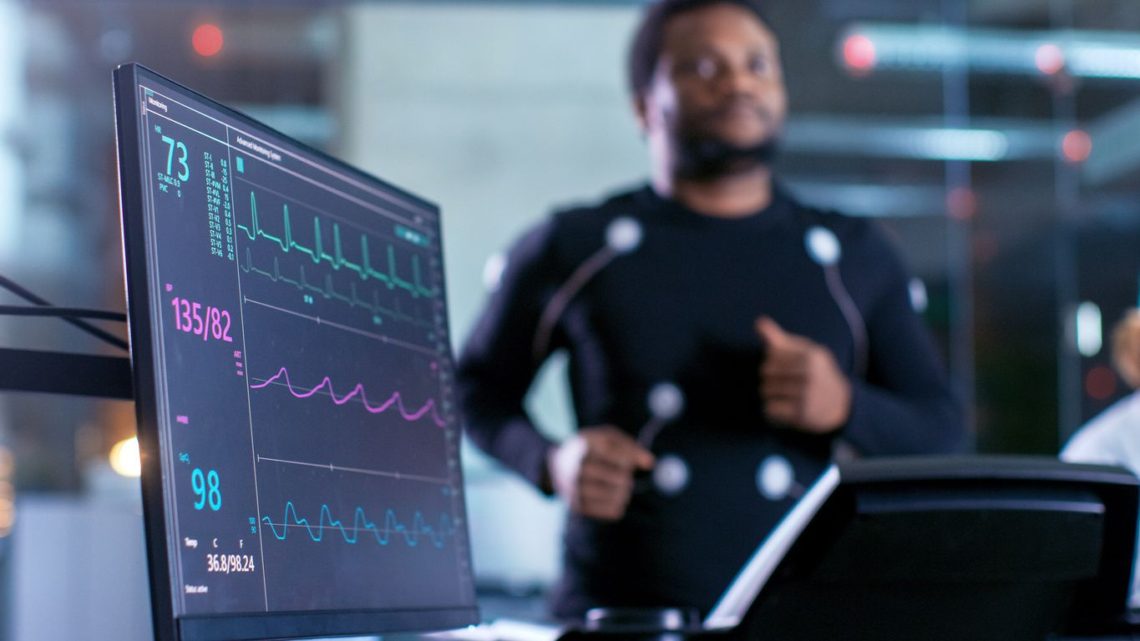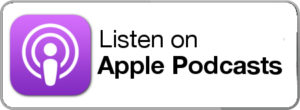Are you feeling stressed out? With all that’s going on in the world — pandemic, civil unrest, job loss, hurricanes, wild fires — it’s difficult to avoid stress. Laughter therapy, or laughter yoga, might help…
That is me; I still have my hands, says the 4-year old girl after waking up in the hospital and being told by her mother that she had lost her legs. The little girl grew…
This month we have both Earth Day and Arbor Day so it’s high time to be amongst the trees. Even if you are hunkered down in the safety of your home during the pandemic, you…
A retired nurse, physical and yoga therapist, and mental health professional offer strategies for coping with uncertainty, anxiety, and all those other emotions caught up in this season of the pandemic. Verla Fortier, author of…
Dianna Rowley, diagnosed with diabetes type 1, was a professional dancer. Although she had health issues in her childhood she wasn’t diagnosed until her early 20s when she experienced a major health crisis. Her journey…
Pilates: Core Strength, Alignment, Pain Relief, and Neural Reconnection
- October 6, 2019
- Tagged as: breath awareness, core muscles, exercise, Feldenkreis, foot drop, Franklin Method, hip, independence, mindfulness, movement therapy, myotonic dystrophy, neural connectivity, pain, Parkinson's disease, physical therapy, Pilates, proprioception, PTSD, scoliosis, trauma, yoga
Practicing Pilates can be done on a mat or with any number of devices such as the Reformer. Shannon Knorr, a yoga and Pilates instructor, talks about therapeutic Pilates to help with body alignment, pain…
Any style of yoga can be made accessible and provide healing for someone with a physical challenge, someone experiencing anxiety and/or depression, or someone with a larger body. Three yoga teachers – skilled in making…
In this third of a series podcast episode, Valerie Sans shares how her cancer experience had a dramatic impact on her life. After surgery and chemo treatment, she left a career of teaching to co-found…
How does a diagnosis of cancer and treatment change a person? In this 3-part series you’ll hear different stories on how a woman – diagnosed with cancer (breast, thyroid, and ovarian) – experienced the changes….
An echocardiogram technician told me I have a beautiful heart and that got me going. What makes for good heart health? What role do genetics, lifestyle, and environment play? Dr. Erica Pitsch talks about the…







